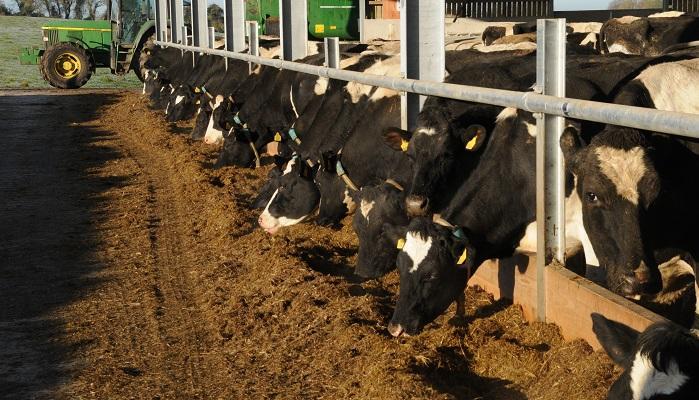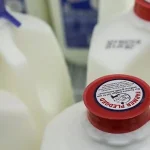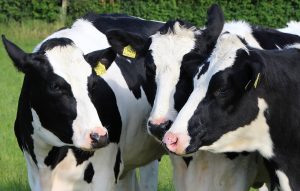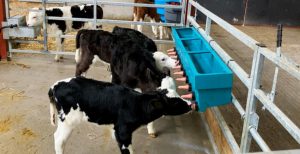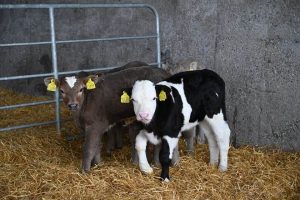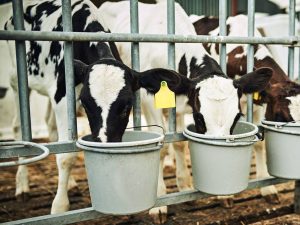
The effects of dairy cow feeding on calf health are mediated through colostrum formation and, consequently, calf immunity, and, ultimately, mortality.
The nutritional adequacy of the forage and supplementary diet fed and the metabolic status and body condition score (BCS) of the dam can impact calf health. In addition, the uterine environment experienced by the foetus can influence its future long-term productivity, fertility and health (foetal programming). The new concept of the nutritional/metabolic status of one generation (the cow) impacting the health/disease status of the subsequent generation (the foetus/calf) can be described as the transgenerational metabolic-disease complex (Figure 1).
Figure 1. The transgenerational metabolic-disease complex; DMI = dry matter intake, BCS = body condition score, EFG = excessive foetal growth, FGR = foetal growth restriction, FPT = failure of passive transfer of Ig, MN = macro/micronutrient.
Results
The results of dry cow feeding can impact calf health pre-weaning (short-term) but also throughout life (long-term); only short-term effects are covered here. These predisposing effects on calf health occurring in the dam in the autumn, can easily be overlooked when poor calf health is a problem in late spring, e.g. outbreaks of scour or pneumonia. These maternal factors (BCS and feeding) should be considered when preparing for the new calving season as management of the dry cows, and heifers, can have direct and indirect impacts on calf health later in the season.
Maternal feeding and colostrum formation
There is only a limited number of studies on the effects of pre-calving feeding or BCS/ change of dairy cows on colostrum quantity and quality. Most previous studies are in beef cows on severe energy or protein restriction, which may not be applicable to dairy cows. In general, the ability to significantly alter colostrum quantity or quality by dietary means is limited once the metabolisable energy, protein and micronutrient requirements of the dairy cow are met (optimised), but not unmet, or exceeded (the ‘Goldilocks principle’). For example, over feeding energy to dry cows can lower colostrum quality (dilution effect of increasing colostrum quantity).
Maternal feeding and stillbirth
Feeding that leads to excess BCS (>3.5; 1-5 scale), particularly in heifers, can result in foetal oversize and longer, more difficult calving (‘slow calving syndrome’) with increased risk of stillbirth. In addition, both dietary micronutrient imbalances, e.g. iodine, and dietary macronutrient imbalances, e.g. calcium, can result in perinatal mortality through weak calves and uterine inertia, respectively. Supplementation of grass silage is particularly important for heifers, e.g. those returning late from out-farms pre-calving in late winter/ spring.
Maternal feeding and calf health
Cows in optimum BCS pre-calving (3-3.5) have healthier, faster growing calves, probably mediated via better colostrum quality and calf immunity. Calves born from nutritionally restricted dry cows have poorer immunity and subsequent health. Supplementation of cows pre-calving with protein, energy, fat and (organic) micronutrients results in better calf immunity, less calf ill-health and better growth rates.
Conclusions
Dairy cows pre-calving need to be in target BCS range (3-3.5) and when fed a grass-silage diet, adequately supplemented with protein, energy, fat and micronutrients. Under or excess dry cow feeding will result in poorer calf health via abnormal foetal development, inadequate colostrogenesis (colostrum formation) and reduced calf immunity.
This article was written by John F. Mee
